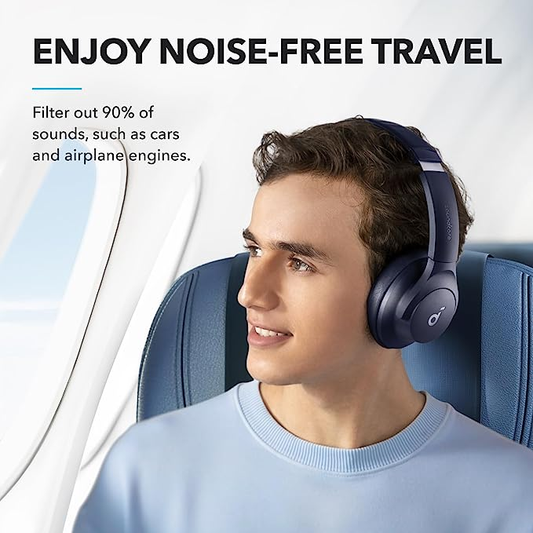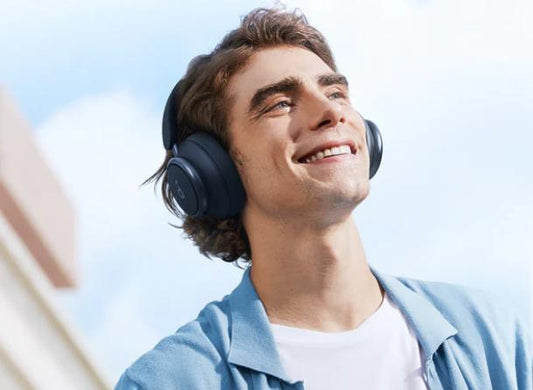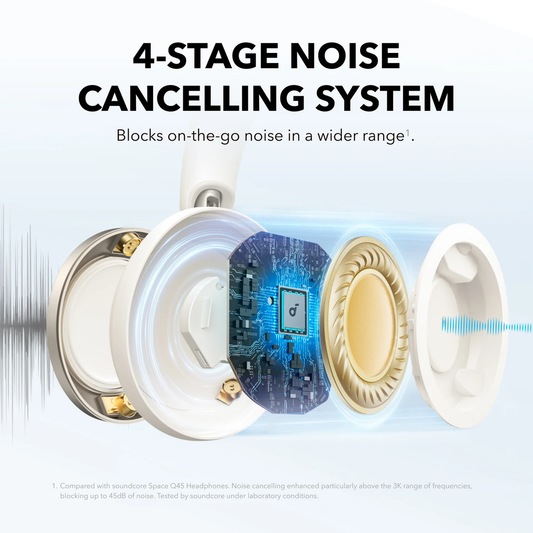Headphones Blog

Do Headphones Help with Airplane Pressure? Ulti...
A common complaint among frequent air travelers is having to put up with the change in cabin pressure. During flight, changes in altitude affect air pressure inside the cabin, leading...
Do Headphones Help with Airplane Pressure? Ulti...
A common complaint among frequent air travelers is having to put up with the change in cabin pressure. During flight, changes in altitude affect air pressure inside the cabin, leading...

Ultimate Sound Experience: Finding Best Audioph...
The pursuit of perfect sound is a journey that transcends simple listening—it's about experiencing music exactly as the artist intended, with every nuance, detail, and emotion laid bare. For those...
Ultimate Sound Experience: Finding Best Audioph...
The pursuit of perfect sound is a journey that transcends simple listening—it's about experiencing music exactly as the artist intended, with every nuance, detail, and emotion laid bare. For those...

The Best Budget ANC Headphones in 2025: Silence...
Imagine settling into your seat on a noisy commuter train or a crowded airplane. The world around you is a cacophony of chatter, rumbling engines, and distant announcements. Then, you...
The Best Budget ANC Headphones in 2025: Silence...
Imagine settling into your seat on a noisy commuter train or a crowded airplane. The world around you is a cacophony of chatter, rumbling engines, and distant announcements. Then, you...

Ultimate Guide to Noise Cancelling Headphones F...
One sometimes noisy chore is grass cutting. The right noise cancelling headphones for mowing will help you to enjoy this task. These specialist headphones let you freely enjoy your chosen...
Ultimate Guide to Noise Cancelling Headphones F...
One sometimes noisy chore is grass cutting. The right noise cancelling headphones for mowing will help you to enjoy this task. These specialist headphones let you freely enjoy your chosen...

Can You Use Bluetooth Headphones on a Plane? He...
Air travel has evolved over the years, and so has our in-flight entertainment. Gone are the days when we relied solely on the plane's movie selection or the paperback we...
Can You Use Bluetooth Headphones on a Plane? He...
Air travel has evolved over the years, and so has our in-flight entertainment. Gone are the days when we relied solely on the plane's movie selection or the paperback we...

Noise Cancelling Headphones with Microphone: Wo...
The modern work environment is filled with audio distractions. From the constant hum of office chatter and air conditioning to the sudden interruptions of construction noise or a busy household,...
Noise Cancelling Headphones with Microphone: Wo...
The modern work environment is filled with audio distractions. From the constant hum of office chatter and air conditioning to the sudden interruptions of construction noise or a busy household,...